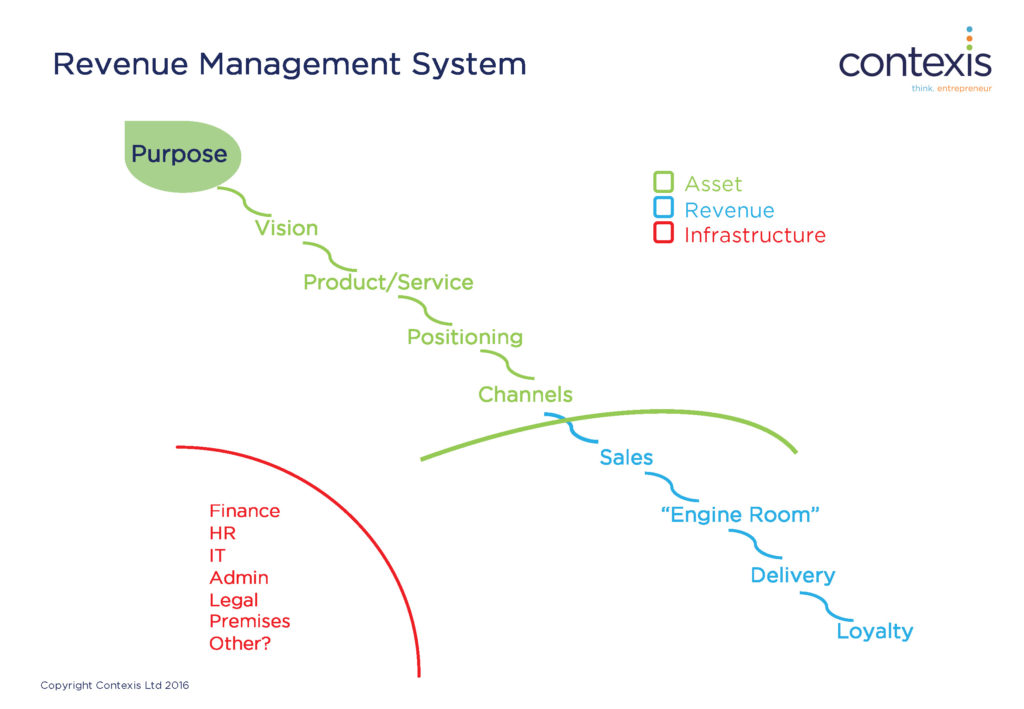I was asked by a group in London to talk on how to pitch recently. This grabbed me – I spend most of my time in the business doing two things (other than answering emails like everyone else!) – having ideas and pitching them to other people. In this post, I put forward (mostly) my own ideas and views on this, but also borrowing some material from others I admire or who have helped me.
Why is a good pitch important? Like most jobs, ours is a lot about communication – ideas are only part of it. A landscape architect or garden designer is only as good as their schemes that get built. This is obviously founded on good ideas, but it is also about being able to convince people of the validity of those ideas – more than that – to excite them. Not just clients, but also those who will build, look after and ultimately use the project. The quality of your communication is at least as important as that of your vision.
The premise of a pitch is that there is a problem; one that needs to be solved. Sometimes clients are aware of the problem, sometimes not. We have an idea, a solution. The successful marrying of the two results in a satisfied client and money changing hands.
The quality of the ideas is obviously important – indeed vital – to the success of a business. If you look at a really successful business like Apple, it solves problems that people didn’t even know they had; nobody knew that they needed an iPad until Apple launched it. What’s more they found really innovative ways of multiplying and monetizing their ideas. They created a whole new market for Apps (written by others) which essentially enhanced the value of their products. And what’s more took a cut in the process.

Courtesy of Contexis Ltd. www.Contexis.com.
This diagram (from Contexis) demonstrates the Waterfall of value that derives from good ideas. But without the link in the chain marked ‘sales’ (or indeed any of the links), the value will not flow. Indeed, it may even flow off into someone else’s waterfall.
What do you need to know before you start pitching? Clearly, given what I have said above, having a good understanding of the value you offer and the problems you solve is the first step. As Daniel Priestley (www.danielpriestley.com) says in his book ‘How to be a Key Person of Influence’, “You are already standing on a mountain of value”. If you are in say the Alps, surrounded by mountains, they all look very high. If you look down, all you can see is the ground. But, of course, you are also standing on a mountain. The key here is to understand what makes you unique, what special properties you bring. It may be something simple like geographical closeness, a special skill, or maybe to do with the size or scale of your business. As well as this, think about why and when clients come to you – what are they in the process of doing? Buying a house? Selling a business? Down-sizing? Spending a bonus? Understanding this will help you get a grip on what problems they are facing and how you might be able to help them solve those problems. Think of three good reasons why they should buy from you rather than your competitors. One of these should be a real killer.
Think about who you are pitching to, what their level of knowledge is and their likely level of spend. This last is critical. There is no point in getting in front of someone who will not spend the money on what you are offering. If they are after a Ford Focus, they will not buy a Porsche, however hard you sell it.
Knowing when to pitch.
Don’t pitch too early. You know how annoying it is when you walk into a shop and before you can do anything, an assistant comes up to you and says “Can I help you”. Mostly, you just want to look around for a bit first. Clients are just the same. Plant a seed, let it grow. Let them research you a bit, then pitch. And if it’s the wrong time or place, if they are distracted, too busy or don’t have enough time then reschedule to a slot when they are going to be more receptive to your ideas.
Structuring your pitch. Most of the time it works best if you have a structure to your pitch, although you should always be prepared to change with the circumstances – everybody hates sales patter. The first thing, before you start with a plan is to make sure your visual aids are professional and that you are practiced with them. Have decent photographs of your work (preferably professional) and make sure the software runs smoothly. Fumbling looks terrible. This is the structure I roughly follow:
- Introduction as to who you are
- Company background
- An outline of the problem your product or service can solve
- The solution you’re offering
- A conclusion where you round up what’s been discussed so far and re-emphasise your key points
- Next step.
Delivering your pitch – 9 key points:
- Establish a rapport. People are influenced more by people who they feel a sense of connection with. If you’ve shared a laugh, a story, or identified a common connection, your pitch is more likely to land with its audience.
- Listen first. This is perhaps the most important thing to remember. Let them describe their problem and what the issues are. If you don’t do this, you won’t succeed.
- Be enthusiastic. This is the biggest seller: deliver your pitch with passion, grounded enthusiasm and with unique flair. Share your beliefs and your story so that people can remember who you are and what you stand for. It’s not a great pitch if it’s easily forgotten
- Be confident. If you’re not sure what you want, or sound unconfident, the client will pick up on this. You need to sound authoritative – learn the FAQs that people come up with and have the answers at your fingertips. You also need to believe in your product and your ability to deliver
- Be credible. Although you need to believe in your ability to deliver, you also need to be credible. There’s no point telling people that you’re going to be the next market leader when you’re just starting out because they will switch off. Even if you do have something of great potential you must never leave people questioning your credibility to deliver the promised result. If what is being asked is outside you’re ability to deliver, say so or find a partner to work with.
- Be clear. Ensure that your communication could be understood by anyone aged 12 and up. Don’t use jargon or acronyms and don’t try to impress people with your insider lingo; instead aim to reduce confusion.
- Don’t waffle or be boring. You may well feel nervous and sometimes this leads to a tendency to waffle. Be aware of this and know when to stop talking. Once you have secured what you are looking for, this is your signal to conclude the pitch.
- Close the deal. Decide in advance want you want out of the meeting, when you feel the time is right, close it up and get a commitment.
- Follow up. The follow up is as important as the presentation. Record details of any questions which need answering. Get back to them promptly and comprehensively.
The best advice I can boil all this down to is that people buy from people they trust and like, and people who are enthusiastic. I tend to take a lot of time making sure that I am only in front of people who are really in the market to buy at the right level. Once you know this, it is better not to discuss price straightway. Show them what you can do, show them photos of finished projects, talk about how you can help them. Once they start to understand and get excited, they may well reassess what they are prepared to spend. In the end, much of our job is finding the ‘Sweet spot’ – what people want to spend is always less than what it would take for what they want. What we need to do to be successful is to find the point at which they are satisfied with what they have got without feeling that have overspent. That way, they’ll go and tell all their friends how wonderful you are!

